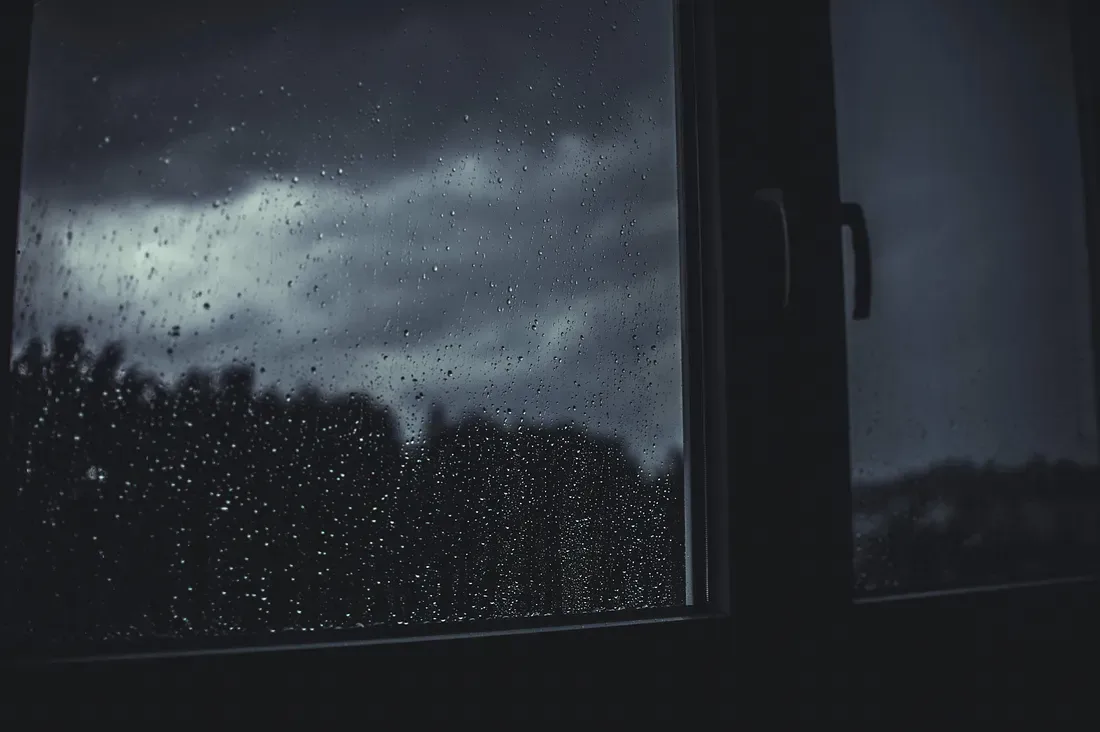This week, we shall dive into one of the real experiences in protecting our environment. So, when there is plenty of rain, what do you do? Enjoy the weather? Have ice creams? Curse the weather for spoiling your travel plans? All these might be intuitive for us, but there is something more we could do, which might help us for years to come.
Anyone who lives in urban localities might have experienced heavy flooding. And also might have experienced a water shortage. When there is a flood happening, how are we supposed to have a water shortage? It is because we don’t conserve water and let it go by. In this blog, we have a guest who has worked on conserving water, also known as Rainwater harvesting.
Ganesh Shanbhag has been very active in harvesting Rainwater and improving the levels of groundwater. Let’s read through his experience of how Rainwater harvesting has been implemented at Metropolis, Gurukrupa and how this practice has been impactful.
What was your motivation for sustainable water practices?
● Begur lake was drained out for beautification in mid-2018.
● This horrible move by GoK and BBMP resulted in the collapse of the water table.
● This resulted in the drying out of 5 borewells in the premises.
● Residents moved to Tankers; Tankers ferry water from far-off places to the city.
Sometimes, even from Tamil Nadu!
● There was a dire need to bring back borewells to life and reduce the cost incurred by Tanker water. Necessity is the mother of all innovation
How did you plan?
● Research on rainfall patterns in South Bengaluru.
● Rainfall is spread across 8 months and averages 1100 mm.
● Over the last few years, rainfall has crossed 1500 mm as well.
● This means that the almost perennial rains can be used as a source of potable water.
● The rooftop area of Metropolis Gurukrupa is 30000+ sq ft. This means the amount of rainfall on the rooftop can quench the thirst of society for over 6 months.
● On top of this, there is surface runoff water.
Your approach:
Proof of Concept (Phase 1):
● Diverted rainwater on the rooftop from about 4000 sq ft area to the underground storage tanks with filters available online.
● Residents did this work to reduce the cost to society
● This small little POC saved us about one lakh rupees on tanker expenses in the span of 3 months.
● The monetary savings brought us confidence in extending the work to the entire apartment.

Phase 2:
● One-half of the building which is at a higher elevation was connected to a centralized rainwater filtration system.
● This was much easier to do, as water flows with high pressure due to gravity.
● Rainwater filtration systems are mostly self-clean systems without any maintenance requirements.
● Cost incurred, 2 lakhs INR, mostly came from savings from the POC phase.
Phase 3:
● Another half of the building at a lower elevation was connected to a newly designed rainwater filtration system.
● This was a challenging phase as the gradient was pretty low and the pipe sizes were large.
● This called for parallel filtration systems.
● Cost incurred, INR 2 Lakhs, again from savings after phase 1.
After 3 phases, the entire rooftop rainwater was filtered and collected in the underground storage tank of 2 Lakh litres capacity
Post Filtration:
To make the rainwater drinkable, additional filters were put on the positive side of the pump from the Underground tanks to the Overhead tanks. These were drip irrigation filters. These do fine filtering. More details here.
Surface water harvesting:
All the surface runoff water from the premise is diverted to injection wells. These will recharge water to deep aquifers. Also, the overflow water from underground tanks is diverted to recharge wells which will recharge shallow aquifers. Also, extra Sewage water is fed into recharge wells throughout the year ensuring the recharge. More details here.
What was the impact once you implemented these procedures?
● All the water needs of the society are met by rainwater for about 6 months in a calendar year.
● Drastic increase in groundwater table in surroundings and also reduction seen in TDS of the borewell water.
● Reduction in carbon footprint, no power involved in RWH thus reducing carbon footprint which otherwise is the side effect of borewell pumping or long-distance water.
What are the other water-sustainable measures that were implemented?
1. Sewage treatment plant which has the ability to treat 50 KLD
2. Avoid usage of RO filters which discard huge quantities of water, rather use BARC filters which have 0 or minimum wastage.
Any other activities you’ve planned for water sustainability?
● Green Sewage treatment using Bevels and Edges sludge separation.
● More injection wells.
Can you suggest some simple steps for our readers to conserve rainwater?
1. Make use of existing underground tanks and double them up as rainwater tanks using a small filter, doesn’t cost more.
2. Make sure, water percolates into the ground, don’t put unnecessary concretes.
3. Use Defunct borewells as injection wells and inject rainwater or stormwater into it and help increase the water table.
Most importantly, there is NO waste water, there is only wasted water.
Well, that’s that. Though the list looks big, most of these steps can be implemented at ease to save water, not only for now but for years to come. Hope this motivates more readers to implement rainwater harvesting in their localities.

